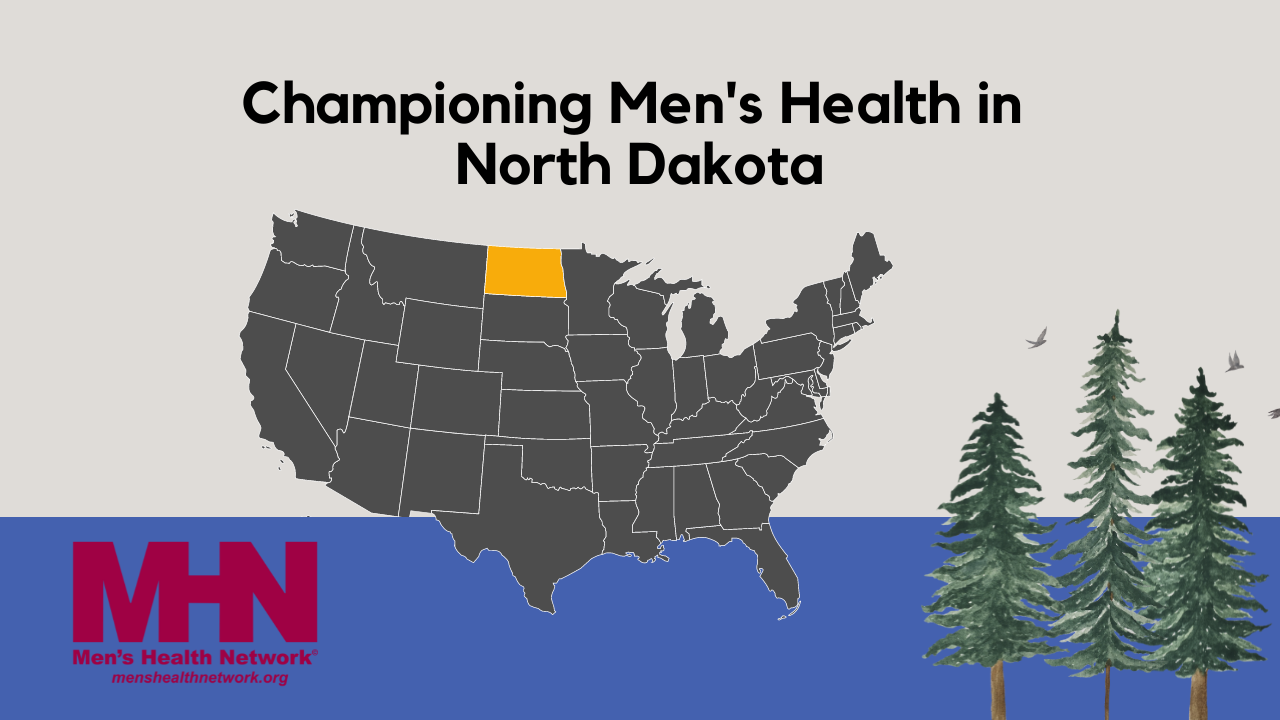Frostbite is a painful skin injury as a result of the skin and tissue beneath freezing. It most commonly affects the nose, cheeks, fingers, toes, ears and chin. When the skin is open to air in very cold and windy weather, it is most susceptible to getting frostbite. In extremely cold temperatures, frostbite can even occur despite wearing gloves, scarves, and other cold-weather gear. With frostbite, the skin first becomes very cold and red, then you lose feeling in that part of the skin, and finally the skin becomes pale and hard.
What causes frostbite? Frostbite is most commonly caused by not wearing appropriate clothing when it is cold out. It is important to wear multiple layers and the proper cold-weather gear to protect yourself from the cold, wet and windy weather in which frostbite occurs. Temperatures below 5 degrees Fahrenheit or wind chills of minus 16.6 degrees Fahrenheit can cause frostbite in less than thirty minutes, according to the Mayo Clinic.
Frostbite may not seem like a big deal, but it comes with numerous complications. With frostbite, you can get an infection, long-term numbness, increased sensitivity to cold, increased risk of getting frostbite again, growth defects in children (if it damages a bone’s growth plate), tetanus, and even gangrene or hypothermia, according to the Mayo Clinic. Hypothermia can cause heart and respiratory failure which can result in death.
Who is at risk for frostbite? If you smoke, abuse drugs or alcohol, have a history of frostbite, suffer from diabetes, poor blood flow to your limbs, dehydration, are an infant or elderly adult, you are at increased risk for developing frostbite.
Tips to prevent frostbite:
- Dress in multiple layers
- Wear cold-weather gear that completely covers your ears, nose, chin, cheeks, hands and feet
- Wear mittens, not gloves
- Put hand and feet warmers in your gloves and shoes in severely cold temperatures
- Avoid spending too much time outside in extremely cold, windy weather
- Avoid alcohol if outdoors for extended period of time
- Avoid direct contact with ice or frozen metal
- Stay hydrated and don’t stand around in the cold for too long
- Monitor your skin for frostbite; know the early signs/symptoms (Red or pale skin, prickling, numbness)




Frostbite and cold temperatures can be really dangerous this time of year. Since the youth and elderly are more susceptible to being affected by the harsh colds, what are some fun suggestions for keeping warm this winter?